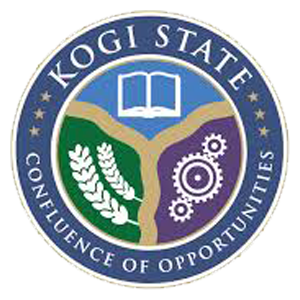
Kogi

Project Coordinator
Kogi ACReSAL
Kogi state was named after the Hausa word “Kogi” meaning river created from parts of Kwara, Niger and Benue states on the 27th August, 1991 by the administration of the former Military President General Ibrahim Babangida (Rtd).
The state is presently structured into 21 local government areas, comprising of three Major Ethnic groups of Igala, Ebira, Okun. The creation of Kogi state was Unique because it brought together different Ethnic groups into the same platform.
Kogi state comprises of 21 Local Government areas namely; Kogi, Lokoja, Ajaokuta, Kabba/Bunu, Mopamuro, Yagba East, Yagba West, Olamaboro, Ofu, Dekina, Ankpa, Idah, IgalaMela Odolu, Omala, Adavi, Okene, Okehi, Bassa, Ibaji, Ijumu.
Of the 36 states of the country, Kogi is the 13th largest I the area and 20th most populous, with an estimated population of about 4.5m as of 2016.
Geographically, the state is within the Guinea forest – Savannah Mosaic in region. Important veg features of the state, the rivers Eco region. Important veg features of the state. The river Niger flowing from the Northwest and the Benue flowing from the Northeast meeting in Lokoja the state capital, thus earning the state the name “Confluence State”
The People of Kogi state are predominantly farmers, other industries are coffee, cashew, palm Oil and Live stock herding. Kogi state has the 23rd highest Human Development index and GDP in the country.
SPECIFIC ENVIROMENTAL CHALLENGES IN KOGI STATE AND HOW THEY LINK TO ACReSAL’S PDO?
A. Kogi state is more prone to Gully erosion due to its loose soil texture evident in some parts of the state.
B. Kogi state experiences yearly flooding due to the overflow of the Rivers Benue and Niger which are domiciled in the state.
C. Kogi state also experience deforestation due to over dependent on wood and charcoal for various uses by the populace especially as source of fuel.


